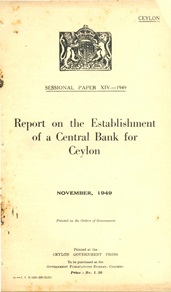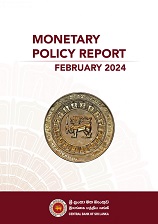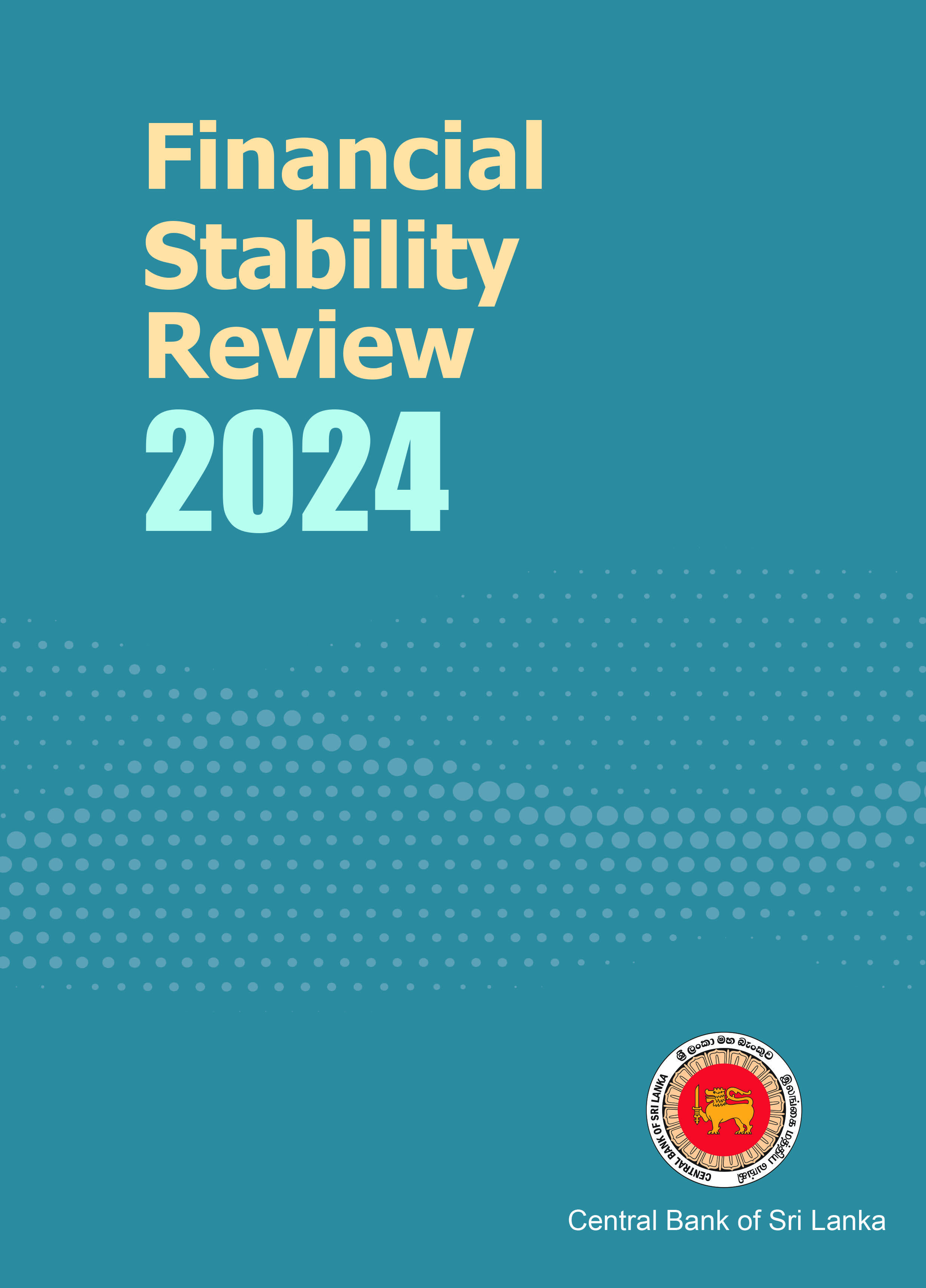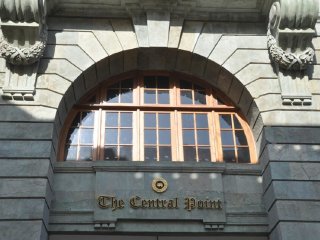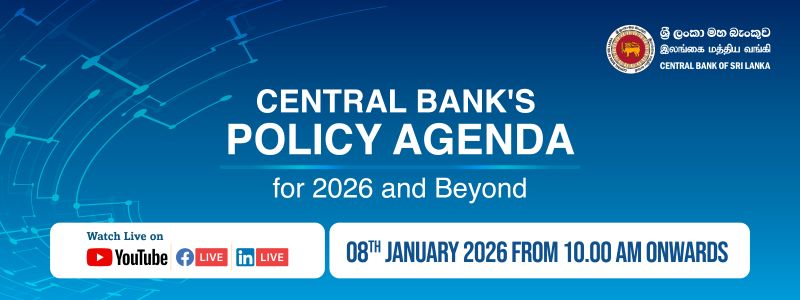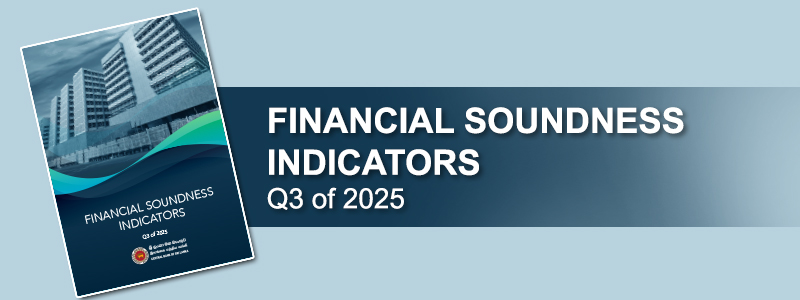There has been a call for an immediate statement from the Central Bank of Sri Lanka on whether there have been any irregularities in the issuing of government securities during the period 2008-2014.
In this connection, attention is drawn to the Statement issued by the Monetary Board of the Central Bank of Sri Lanka on 11th January 2018. The last paragraph, therein indicates that a forensic audit would be conducted. The audit will focus on government securities and EPF operations during the period 2008-2014. This would be conducted by an external party. It is not appropriate to make any statement in this regard prior to the conclusion of the forensic audit.







